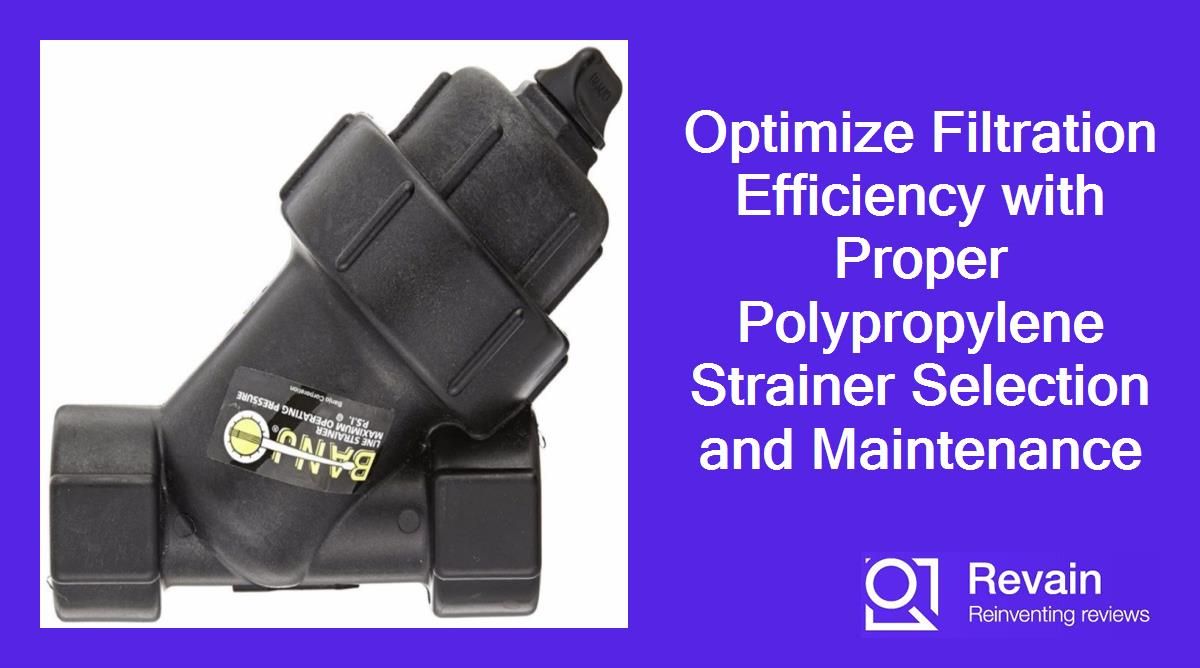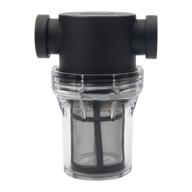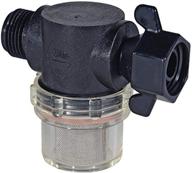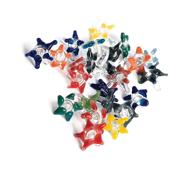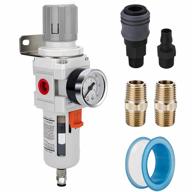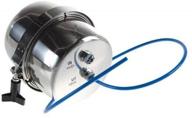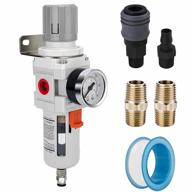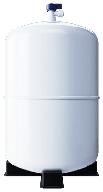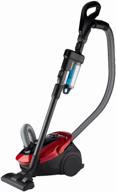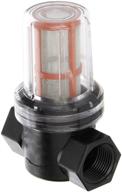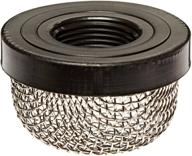Top products in 🍲 Strainers
How to choose the right strainer for your application?
Choosing the optimal strainer for your system is crucial for efficient filtering and smooth operations. Here are some key factors to consider when selecting a strainer:
Mesh Size
- Finer mesh catches smaller particles but causes greater pressure drop
- Larger mesh is more open but allows bigger debris to pass through
- Select mesh size based on the particle size you need to filter out
- Typical mesh sizes range from 20 to 400 microns
Materials of Construction
- Stainless steel strainers offer durability and corrosion resistance
- Polypropylene provides chemical compatibility and is lighter weight
- Consider temperature, pressure, fluid compatibility needs
Connection Type
- Threaded, flanged, and other connections are available
- Choose the connection method that fits your piping system
- Flanged strainers allow easy cleaning access
Flow Capacity
- Size the strainer to handle your maximum anticipated flow rate
- Oversizing helps minimize pressure drop
- Undersizing can lead to overflow and system damage
Consult manufacturer design guidelines and talk to product experts. Properly sizing and selecting your strainers improves system performance.
How to install a polypropylene strainer properly?
Follow these key steps for proper polypropylene strainer installation:
Preparation
- Inspect strainer and fittings - no damage or defects
- Have proper tools - wrenches, thread sealant, torques wrench
- Review manufacturer instructions
- Shut off flow and isolate lines
Installation Steps
- Apply thread sealant to male threads if needed
- Hand tighten strainer initially
- Use wrenches to tighten per torque specifications
- Ensure proper alignment with connecting pipes
- Support strainer to avoid load on the connections
- Open isolation valves slowly, check for leaks
- Consider flushing debris before full start-up
Another interesting products
Orientation
- Install horizontally for gas/vapor service
- Install vertically for liquid service
- Flow should be inside-out through the strainer screen
Other Tips
- Allow sufficient clearance for screen removal
- Install a bypass line to allow maintenance
- Use ball valves to isolate the strainer
Properly installing polypropylene strainers prevents leaks, damage, and other problems. Follow manufacturer recommendations and industry best practices.
How to clean and maintain a strainer for optimal performance?
Proper cleaning and maintenance is essential for strainers to provide ongoing efficient filtration. Follow these key tips:
Routine Maintenance
- Check differential pressure across the strainer regularly
- Inspect the screen for holes, damage, corrosion
- Confirm proper gasket sealing
- Check for leaks around connections
- Monitor flow capacity
Cleaning Methods
- Flush the strainer by opening the blowdown valve
- Remove debris by hand with water flow if screen is accessible
- Clean screen with solvents or detergents if very dirty
- Use a strainer cleaning pig sent through the line to clean screen
Disassembly and Reassembly
- Isolate and depressurize the strainer before disassembly
- Unbolt the cover and remove the screen
- Clean parts thoroughly and examine for damage
- Replace screen and gasket if worn
- Reassemble in reverse order, confirm proper bolting
Documentation
- Record cleaning and inspection results
- Note any abnormal conditions or performance changes
- Update maintenance logs and schedules
Proactive cleaning and maintenance keeps strainers performing optimally for filtration efficiency and pressure drop.
Similar products
How to determine when it's time to replace your strainer?
Knowing the right replacement intervals is crucial to avoid unexpected strainer failures. Consider these key factors:
Screen Damage
- Look for holes, tearing, splits during inspections
- Screen damage leads to particles bypassing the strainer
- Replace screen when openings exceed double the mesh size
Performance Changes
- Monitor for unusual pressure drops across strainer
- Increasingly frequent clogging indicates aging screen
- Reduced flow capacity is a sign to replace
Material Degradation
- Look for cracking, discoloration, corrosion
- Harsh chemicals can degrade polymer strainers
- Replace if gasket shows signs of dry rot or damage
Operating Conditions
- Frequent thermal cycling accelerates fatigue
- Exposure to very high temps can damage strainers
- Replace as preventive maintenance if in harsh environment
Manufacturer Recommendations
- Follow guidelines on maximum pressure drop
- Replace per suggested service intervals
- Use OEM replacement screens for proper fit and performance
Proactively replacing worn strainer screens prevents unexpected failures and maintains optimal filtration.
How to select the ideal mesh size for efficient filtering?
Choosing the right mesh size is crucial for strainers to effectively remove contaminants without excessive pressure drop. Consider these key factors:
Particle Size Distribution
- Analyze the particle size and concentration in your process flow
- Mesh size should be roughly 1.5 to 2 times smaller than particles
- This balances filtration and pressure drop
Target Contaminant
- Finer mesh needed for tiny particles like silica fines
- Larger openings sufficient for fibrous debris removal
- Prioritize filtering your most critical contaminant
Allowable Pressure Loss
- Finer mesh causes greater pressure drop
- Ensure pressure loss across strainer is acceptable
- Oversizing strainer reduces pressure drop
Operating Conditions
- Consider effects of temperature, chemicals, flow surges
- Derating may be required in harsh environments
- Add safety factor to mesh size selection
Screen Types
- Woven mesh, perforated, and wedge wire options
- Each has different pressure drop characteristics
Properly sizing mesh improves contaminant removal while controlling pressure loss. Consult an expert if unsure of ideal mesh size.






